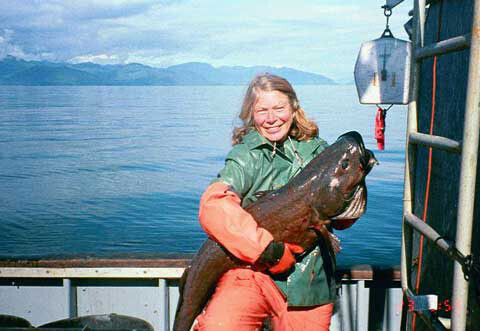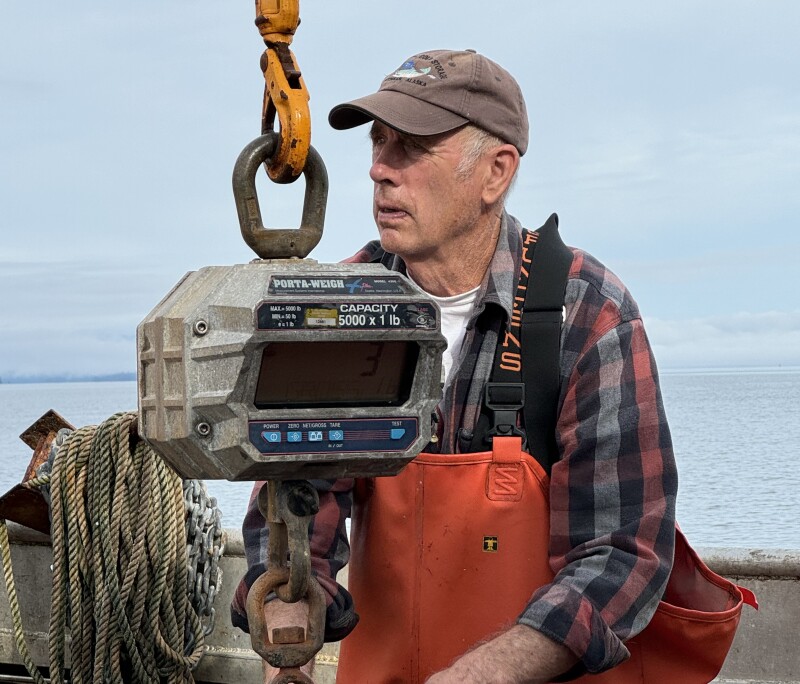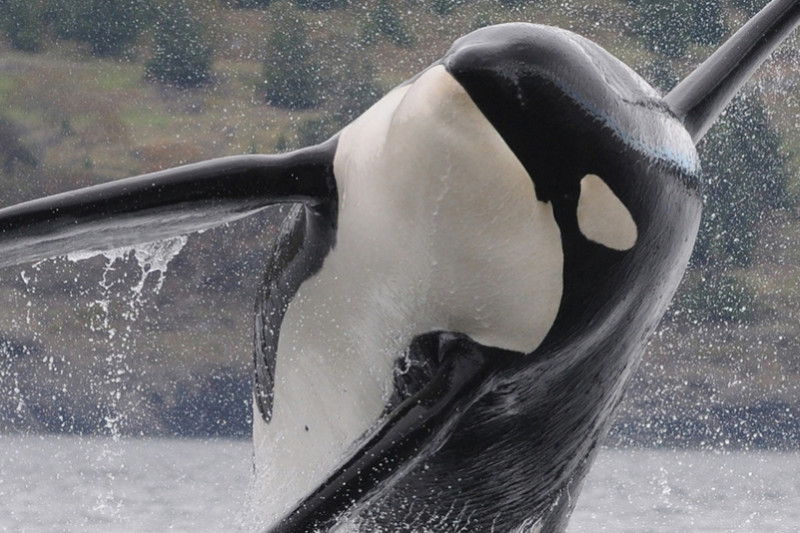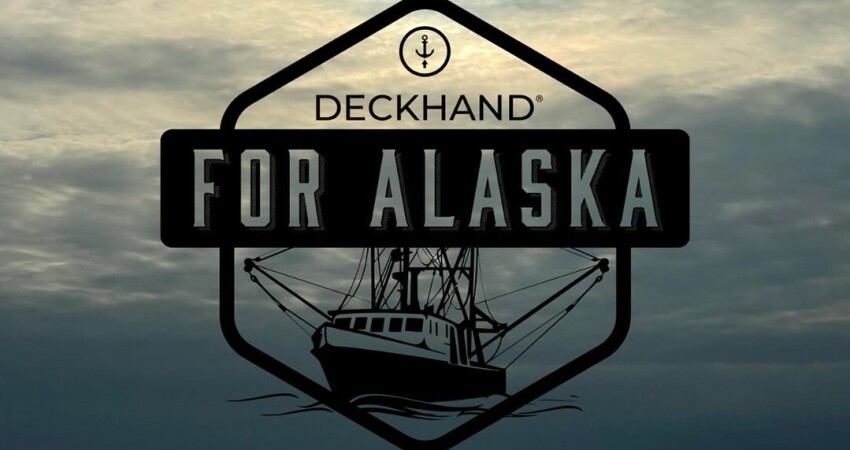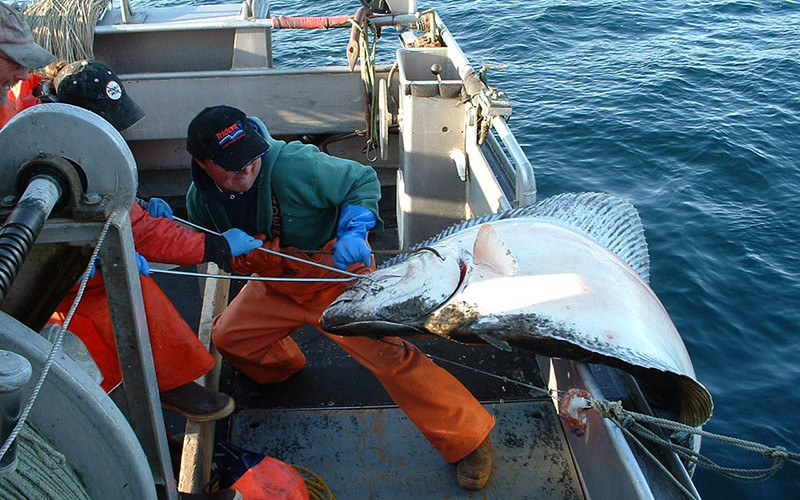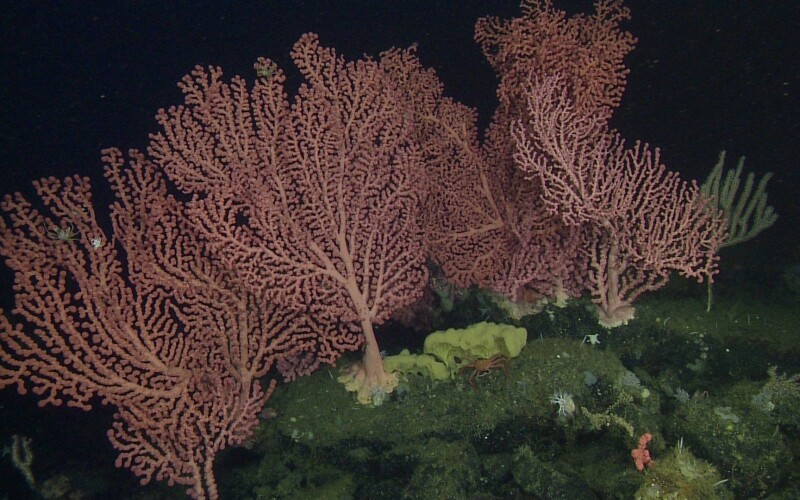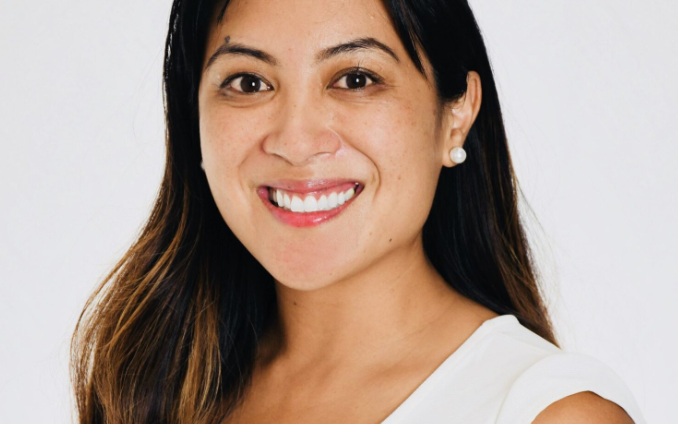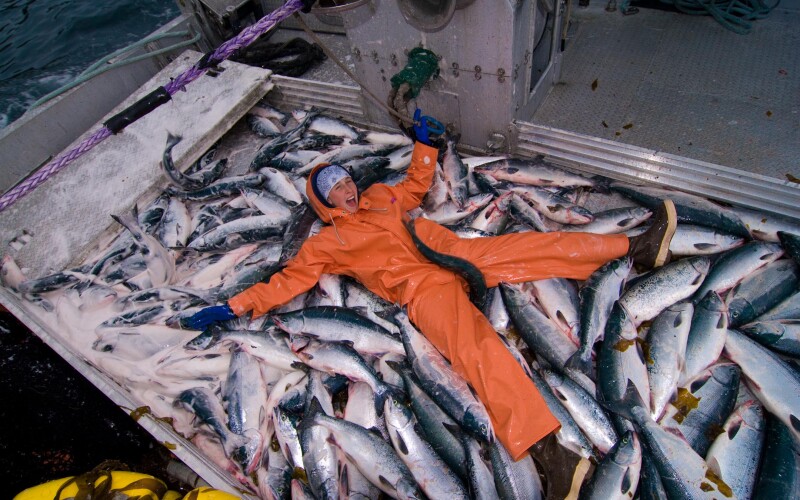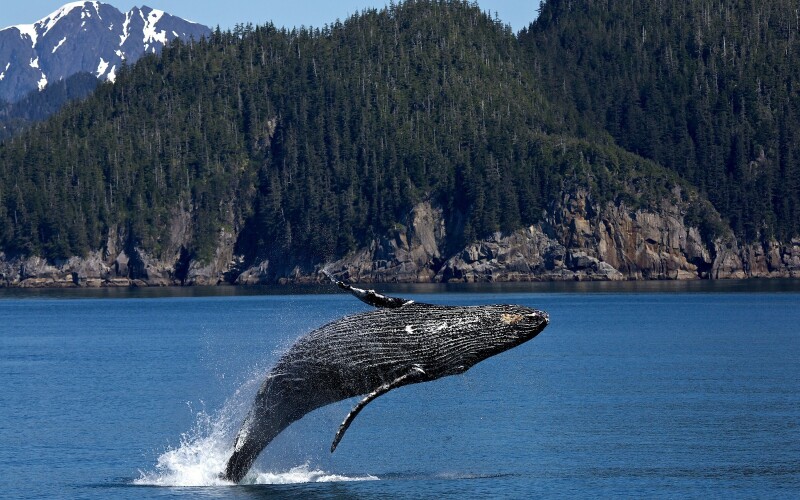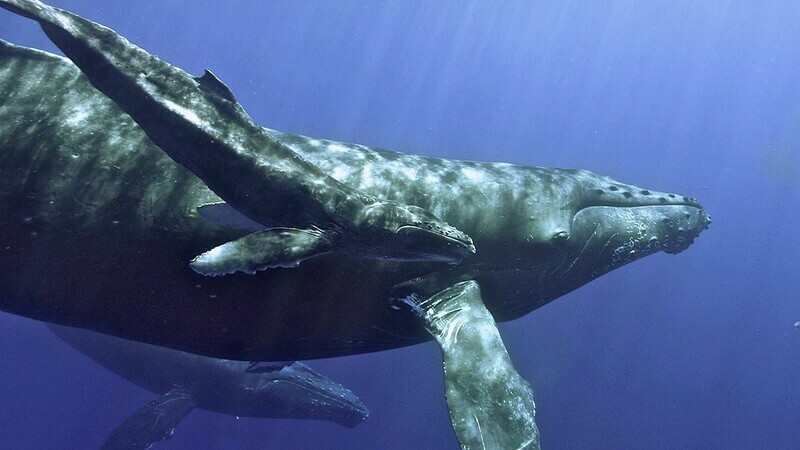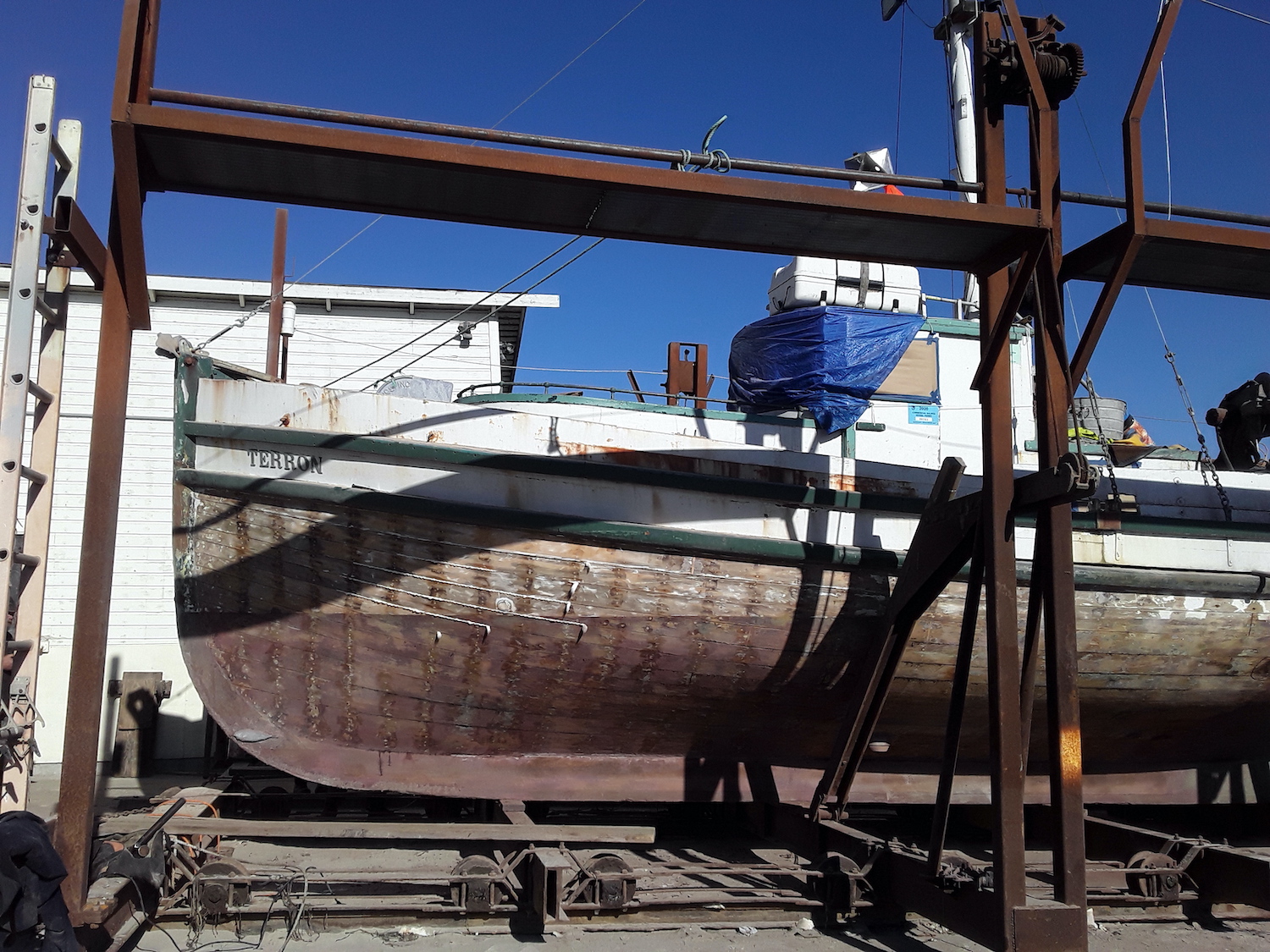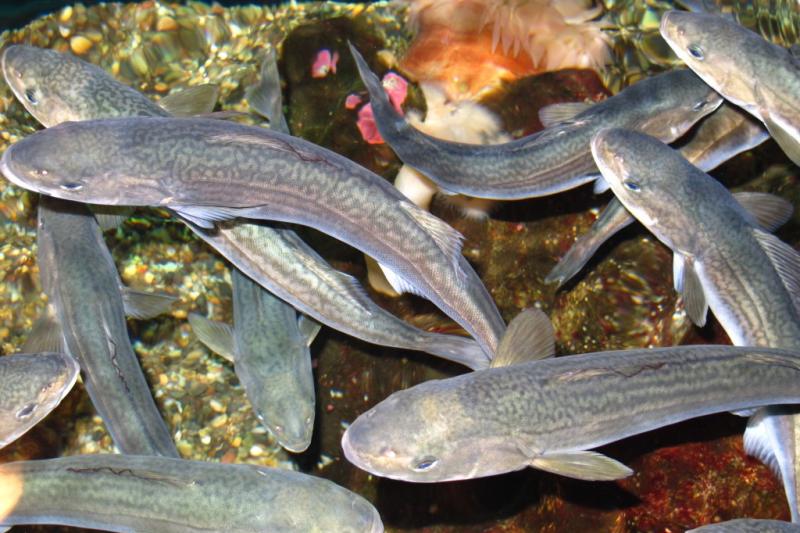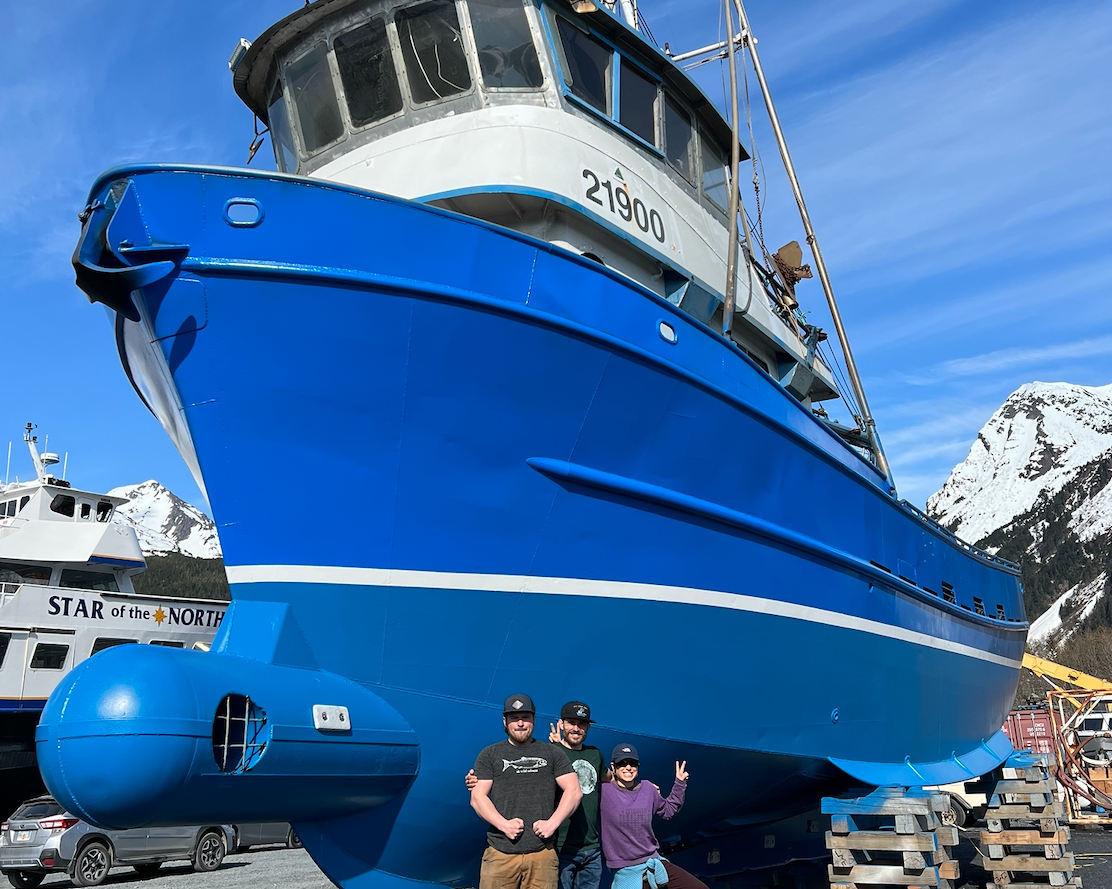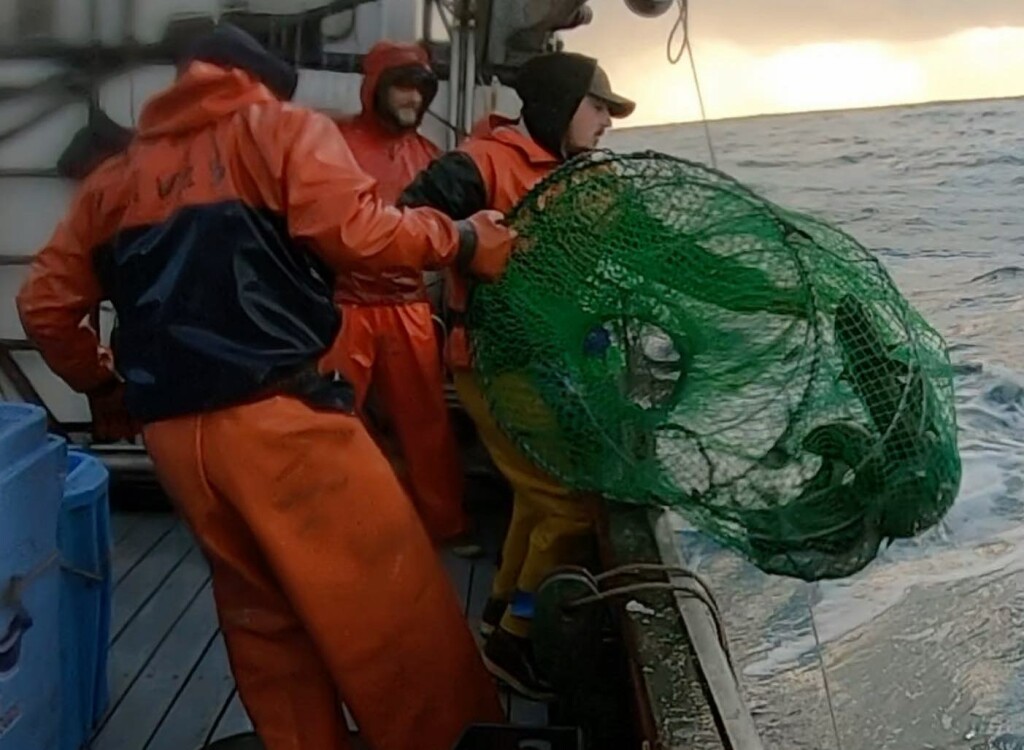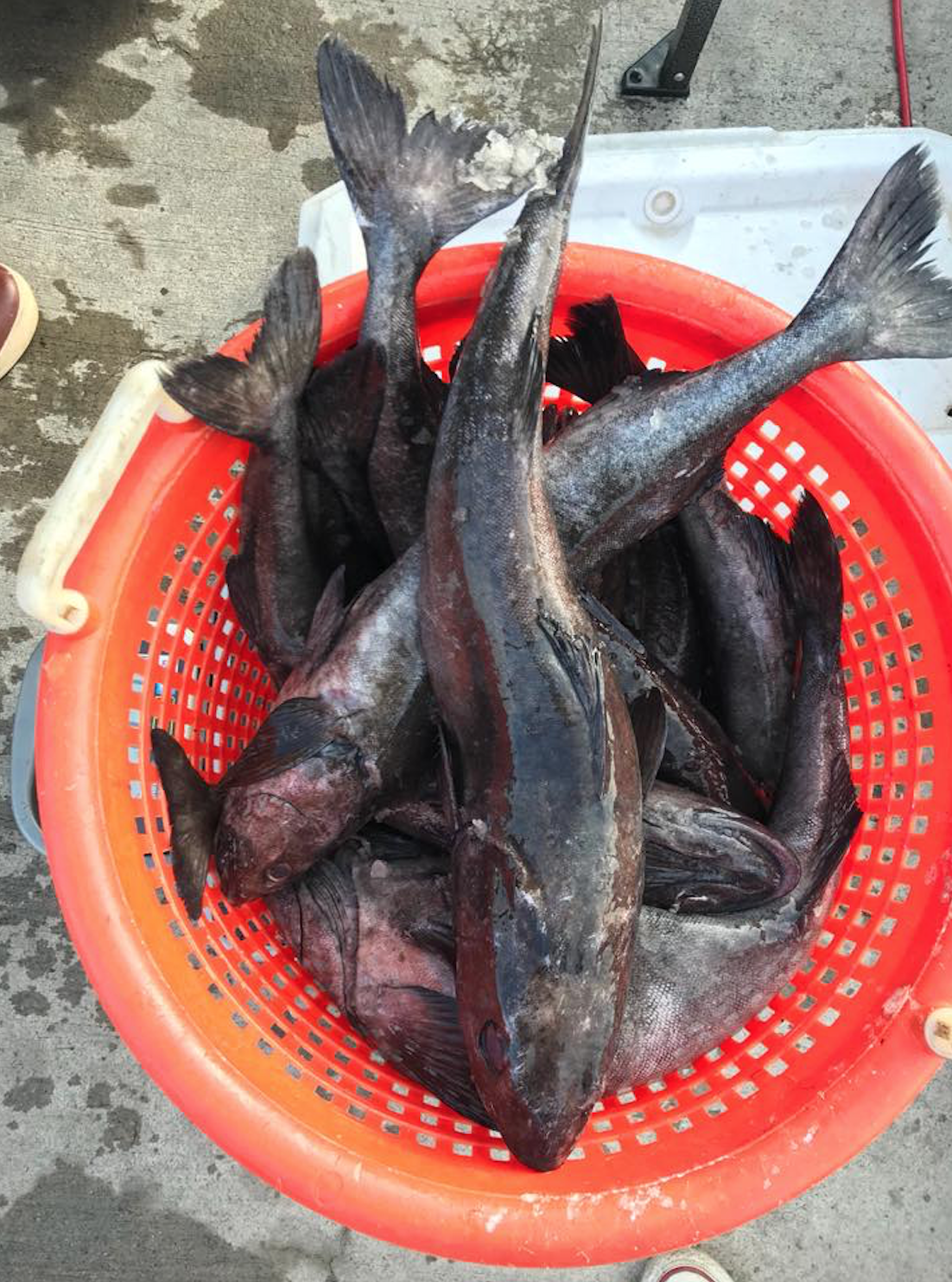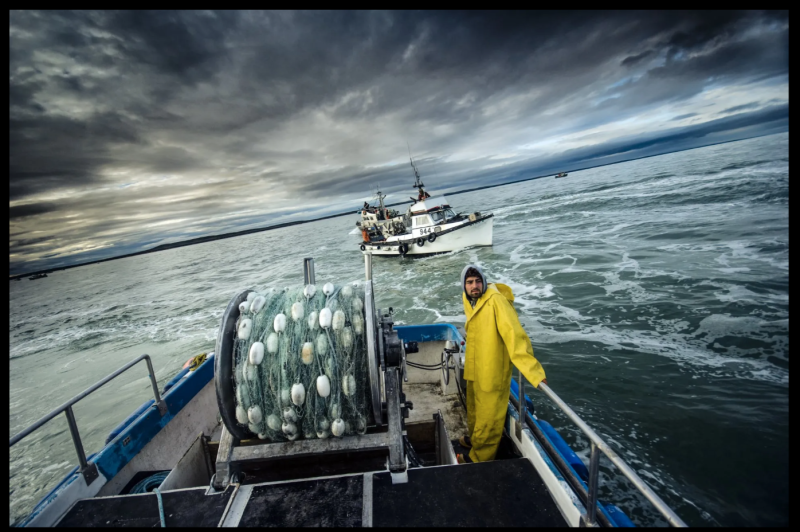Prince William Sound sablefish season opens with 264,000 pound quota
Published onThe Alaska Department of Fish and Game (ADFG) has announced that the Prince William Sound (PWS) sablefish season will open in conjunction with the Pacific halibut and sablefish Individual Fishing Quota (IFQ) season. The 2024 guideline harvest level for PWS sablefish has been set at 264,000 pounds. Fishermen intending to participate in the PWS sablefish fishery must register by 5:00 p.m. on Feb. 20. Following the registration deadline, ADFG will release an advisory announcement detailing quota allocations by permit type. The PWS sablefish fishery is managed separately from the IFQ system, with the guideline harvest level established annually based on stock assessments and sustainability considerations. Aligning the PWS opening with the IFQ season allows for coordinated management of Alaskas sablefish resources, ADFG said. More information on the registration process and regulatory requirements can be found on the ADFG website or by contacting the department directly.
Read More2024 Highliner of the year: Leonard Leach
Published onLeonard Leach knew hed found his calling when he landed a job as a greenhorn on an Alaskan seiner in 1962. The 82-year-old fisherman has been working the waters within the Gulf of Alaska ever since, in a career spanning more than six decades as a longliner, troller, gillnetter, seiner and crabber, and is known as a mentor and leading voice in the industry. Leachs long involvement in the fishing community has earned him a place this year on the list of National Fisherman Highliners. With the knowledge hes gleaned from 62 years on the water, Leach has been a leading voice at countless meetings that have shaped the industry as we know it. But if you press him on his greatest accomplishments, the conversation quickly changes to his quest to pass on his knowledge and empower young entrants to the fisheries. Ive got 50 years of halibut ...
Read MoreOrcas confounding blackcod industry
Published onBlack cod fishermen in the Bering Sea have reported an increase in orcas taking their catch off their fishing lines in recent years. Orca depredation isnt just a costly headache for fishermen it can be dangerous for orcas, too. Jeb Morrow has been long-lining for black cod around Alaska for most of his life. The process includes baiting hundreds or even thousands of hooks to catch oily fish on the ocean floor. When he started fishing in the 1990s, he heard stories from elders about orcas regularly stealing their catch, but he said it was only within the last few years that it became a reality for him. I can tell you without question these orcas are geniuses, Morrow said. They just adapt and conquer at a level that is like nothing weve ever seen. Read more
Read MoreParticipate in expanded electronic logbook trial
Published onCalling all Gulf of Alaska fixed gear groundfish harvesters! Space is available to participate in an expanded electronic logbook trial beginning in mid-2024. Real Time Data (RTD), a fisherman-founded software company, has been awarded funding by the National Fish and Wildlife Foundation (NFWF) to expand their pilot electronic logbook project to the Gulf of Alaska fixed gear groundfish fisheries, beginning during the 2024 halibut and sablefish season. Fishermen who are currently reporting on paper in Alaskas halibut and sablefish fisheries are eligible to participate. Up to 60 additional fishermen will have the opportunity to acquire equipment and RTDs flagship electronic logbook software,Deckhand, free of charge for the 2024 and 2025 seasons. We had about 30 vessels last year, using deckhand as a pilot project as an electronic alternative to reporting for halibut and Black Cod primarily for the National Marine Fisheries Service, and this funding extends that ...
Read MoreProcessing capacity may slow early halibut, blackcod harvests
Published onAlaskas halibut and blackcod seasons began on March 15 and will run until Nov. 15, but the processing capacity and low ex-vessel prices may affect the flow of fish from the docks to end markets. As of March 26, the halibut fleet had landed 592,173 pounds of this years 17,296,000-pound quota, with blackcod deliveries sitting at 1,520,542 pounds of a 60,794,049-pound quota. With the Trident Seafoods plant for sale in Kodiak, and openings of other processing facilities scheduled for mid-March or even mid-May, early season fish caught in the breadbasket production areas of the Central Gulf (blackcod) or Areas 3A and 3B (halibut) were landed in Juneau and Seward. The lack of plants accepting product in the central harvest areas may mean that more fishermen wont go fishing until they open, which would slow the pace of the ...
Read MoreCalif. fishermen struggle with proposal to protect deep-sea coral
Published onThe Pacific Fishery Management Council (PFMC) will analyze the potential impacts of fishery closures for deep-sea coral restoration and research sites. These sites are proposed to protect habitats from bottom fishing gear in Monterey Bay National Marine Sanctuary. Sur Ridge, Ano Nuevo Canyon, and Ascension Canyon are the three potential sites. The fishing gear that could affect these sanctuaries at these depths would include traps and set longlines for black cod, also known as sablefish. The proposed coral research and restoration areas vary in size. Sur Ridge is 36.64 nautical square miles, Ano Neuvo Canyon is 6.5 nautical square miles, and Ascension Canyon is 2.96 nautical square miles, with the depths of all three ranging from 1574 to 5118 feet. The Monterey Herald shared Andrew DeVogelaere, a research ecologist for NOAAs Monterey Bay National Marine Sanctuary, thoughts about the proposal, Throughout the world, weve been damaging ...
Read MoreLilani Dunn promoted to BBRSDA executive director
Published onThe Bristol Bay Regional Seafood Development Association announced the promotion of Lilani Dunn to executive director of BBRSDA Feb. 21. Dunn joined BBRSDAto head marketing in 2020. The BBRSDA is a fisherman-driven organization with the goal of increasing the value of the Bristol Bay fishery for the benefit of its members. In addition to Bristol Baysmarketing program, which is anchored in retail and foodservice promotions in the U.S. and Canada, the BBRSDA also executes quality, sustainability and fleet outreach programs. Dunn is a seafood industry veteran with a breadth of experience within the sector. Prior to joining BBRSDA, Dunn previously held staff positions with Alaska Seafood Marketing Institute and Orca Bay Foods. She is currently an active member of National Fisheries Institute, is president of Northwest Fisheries Association and serves as chair of ASMIs Domestic Marketing Committee. BBRSDA directors are looking forward to having Lilani in this new ...
Read MoreAlaska Longline Fishermen's Association and Alaska Sustainable Fisheries Trust Host Spring Fishermen's Expo
Published onThe Alaska Longline Fishermens Association (ALFA) and the Alaska Sustainable Fisheries Trust (ASFT) are hosting a Spring Virtual Fishermens EXPO on April 4 and 5, from 9AM-1PM to provide educational workshops to new and experienced local fishermen. ALFA and ASFT welcome those interested in the fishing sector to attend. During this EXPO all the workshops and presentations will be offered in a virtual format. Commercial and subsistence fishermen of all gear types will have the opportunity to attend free and interactive classes on fishermen training courses, commercial fishing insurance, management updates on halibut bycatch and pending salmon bycatch actions, business planning for fishermen, break-even analysis, preparing for your lender, Deckhand Logbook updates, troller-led oceanography in Southeast Alaska, ALFAs crew training program and more. Please reach out to: Natalie Sattler at program.director@alfafish.org or 907-738-1286 with any questions. Visit alfafish.org for a full ...
Read MoreFederal judge wants plan to protect humpbacks from sablefish fishery
Published onA U.S. judge this week ruled that the National Marine Fisheries Service violated the law when it failed to develop a plan to prevent West Coast commercial sablefish fishermen from harming humpback whales. The Endangered Species Act requires the fisheries service to develop a plan to reduce the number of whales accidentally injured or killed by the fishery, but the agency neither crafted such a plan nor started to create one, the ruling said. Read more.
Read MoreCourt rules NMFS must move on whale take reduction plan for blackcod fishery
Published onA federal court in California ruled that the National Marine Fisheries Service must develop a whale take reduction plan for the West Coast sablefish pot fishery, a decision that will put more pressure on the agency and industry to come up with gear alternatives. U.S. District Court Judge James Donato ruled March 14 in favor of the Center for Biological Diversity, which sued NMFS challenging its permitting of the fishery without having a plan in place to reduce the danger of humpback whales entangling in vertical trap lines. In his ruling Donato wrote NMFS cannot indefinitely delay developing a take reduction plan while continuing to authorize . . . permits for the incidental take of endangered and threatened humpback whales. This is a clear win for endangered humpback whales, who face enough deadly threats in the water already, said Kristen Monsell, oceans legal director at the Center for Biological Diversity. Fishing gear ...
Read MoreAfter 95 years, a California crabber gets tightened up
Published onDavid Peterson, a boat carpenter who specializes in repairing older wooden fishing boats, finished tightening up the Terron this January at Zerlang Zerlang, a boatyard in Samoa, Calif., across Humboldt Bay from Eureka. The Terron, a 36-foot crabber and black cod boat, had been stressed getting into some bad weather, says Peterson. The Terron was built in 1927 by Anderson Cristofani at San Franciscos Hunters Point. Despite being nearly 100 years old, Peterson says, its a really good boat, even though its fished really hard. Peterson is familiar with the boat, as hes worked on it pretty steady over the years, including refastening it 35 years ago. As a result of the bad weather the Terron encountered, its hull was starting to leak here and there seeping leaking more when it got into bad weather. The Terron was built dried fit, planked wood to wood Port Orford cedar planks ...
Read MoreSurveys look promising for blackcod and halibut
Published onAlaskas blackcod and halibut populations have been on the rise in recent years, and based on recent trawl and longline surveys the outlook for 2023 is looking favorable for another upward tick. Amid the good news that the abundance for the two species has sprung back is the question whether the extra volume into markets could dampen ex-vessel prices. The biomass that determines the setting of the total allowable catch for blackcod entered a precipitous decline from about 2010, hitting its lowest level in 2016 when it warranted setting the TAC at 20,352,687 pounds. In the years that followed, surveys and harvest data found healthy populations of blackcod, but they were too young to recruit into the fishery; now those fish have matured, and the TACs have been ratcheted up accordingly. In 2017, the TAC increased by 10 percent over 2016, and 2020 increased by 22 percent ...
Read MoreNew splashes in Alaska
Published onNow that the Alaskan snows have melted and the waters have warmed, fishermen who did overwinter modifications or built new boats are about to launch their creations for the season ahead. Theyre putting away the fiberglass rollers and acetone, shutting down the welders and paint guns, and getting ready to swap out the smells of molten metal and chemicals for the scent of saltwater. Twin Tuition Though many in the Bristol Bay gill net fishery know Mike Fourtner as the Cummins sales representative, he also sets his nets in the bay during June and July each year. Hes been at it long enough that after last years season, it came time to replace the main engine on his own aluminum gillnetter, the Bonnie B.E.E. Therein, he discovered an irony, he says. For eight years hes helped others find solutions in their engine-swapping conundrums; now it was time ...
Read MoreFishermen give feedback on gear innovations
Published onWhen Shawn McManus, skipper of the F/V Vansee, left Seattle in the spring of 2020 to longline for blackcod in Alaska, the outlook was not good. The burgeoning pandemic had injected uncertainty into a fishery that was already struggling with flagging prices and crippling whale depredation. On the grounds, McManus and his colleagues estimated half their catch, sometimes more, was being snatched off hooks by orcas and sperm whales. Fishermen with bigger boats and more powerful hydraulics had long ago switched to whale-proof rigid pots, but they were not an option for smaller operations like the Vansee, a 107-year-old halibut schooner with limited deck space. In a last ditch attempt to save his season, McManus threw in 50 so-called slinky pots before he left Seattles Fishermens Terminal. To him, it was a new and virtually unknown product, a lightweight collapsible pot that would fold flat ...
Read MorePacific blackcod: Smaller fish mean lower prices, but good future
Published onThe West Coast blackcod fleet began working on a catch limit of 8,791 metric tons for this year. Thats up from the 7,705 metric tons of last year. As in Alaska, the younger, smaller fish that have predominated the harvest are selling for cheaper prices in end markets. Like many fisheries, last years blackcod season also suffered from the effects of the pandemic. The fleet experienced crimps in processing capacity as seafood companies followed state and local quarantining protocols, which often reduced the number of workers available to receive and cut fish. As of September, more than half of the fishermen had landed only half of their allocations, which prompted NOAA to issue an emergency order that extended the season past the traditional Oct. 31 closure and close the fishery on Dec. 31. On the processing side of the spectrum, freight rates to Japan have increased since the ...
Read MoreOnDeck in the Pacific Northwest & Alaska: Nets & Haulers
Published onOnDeck: Volume 4 is all about Nets Haulers, from gillnetting to hauling longline slinky pots. The fishermans net is a universal symbol of abundance and community provision. As National Fishermans Boats Gear Editor Paul Molyneaux notes in his profile on modern seining gear, the earliest depictions of seining date back to Egyptian tombs constructed 5,000 years ago. The ancient use of weirs dates back at least 14,000 years. Eventually, fishermen across the globe began to cast nets from boats and modify vessels to haul gear. Our modern ability to observe the action of our nets as they work has changed the way they are designed, made and deployed and even the gear we use to haul them back. Integrity Machining announced in 2020 that it was bringing J.K. Fabrication into the fold with Kolstrand. The acquisition secured a future for some of Alaska fishermens favorite equipment. Kinematics ...
Read More




